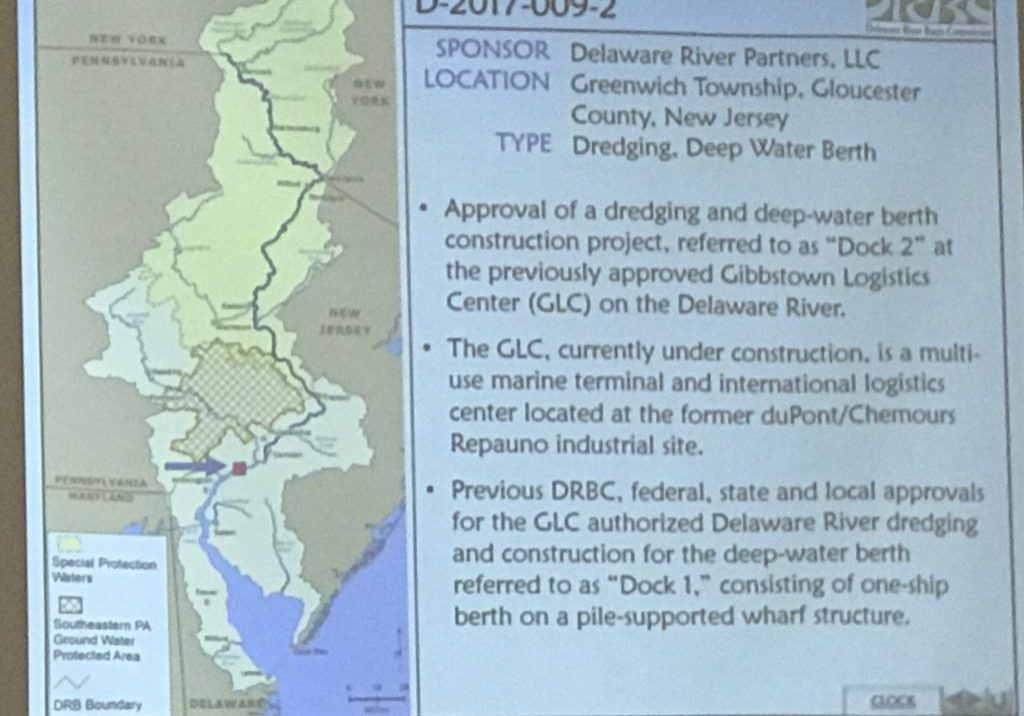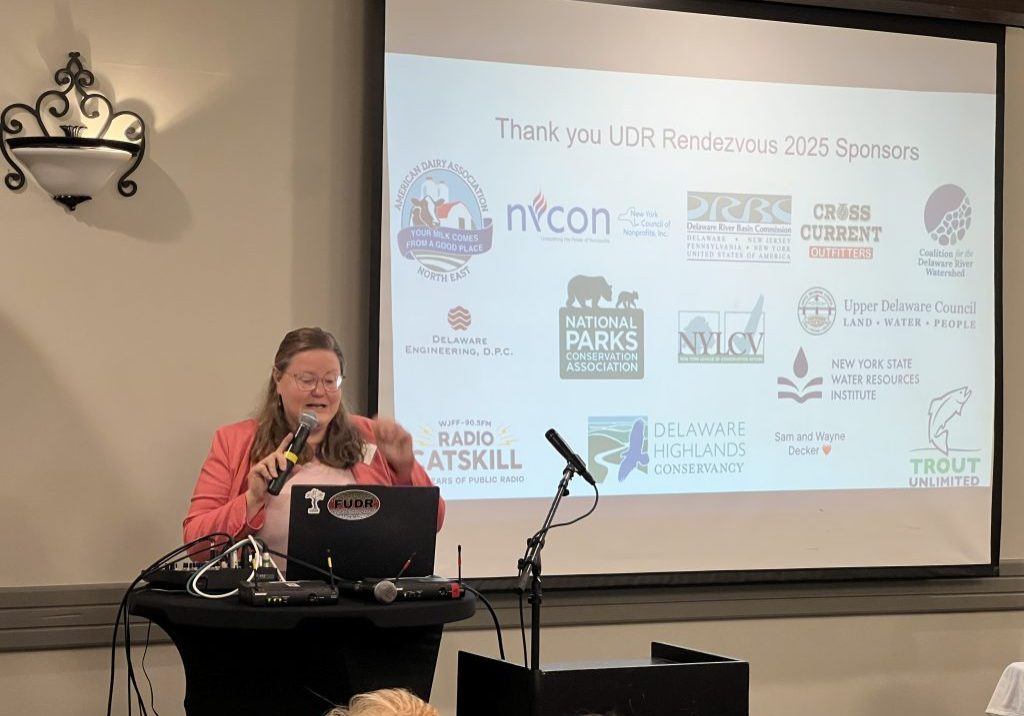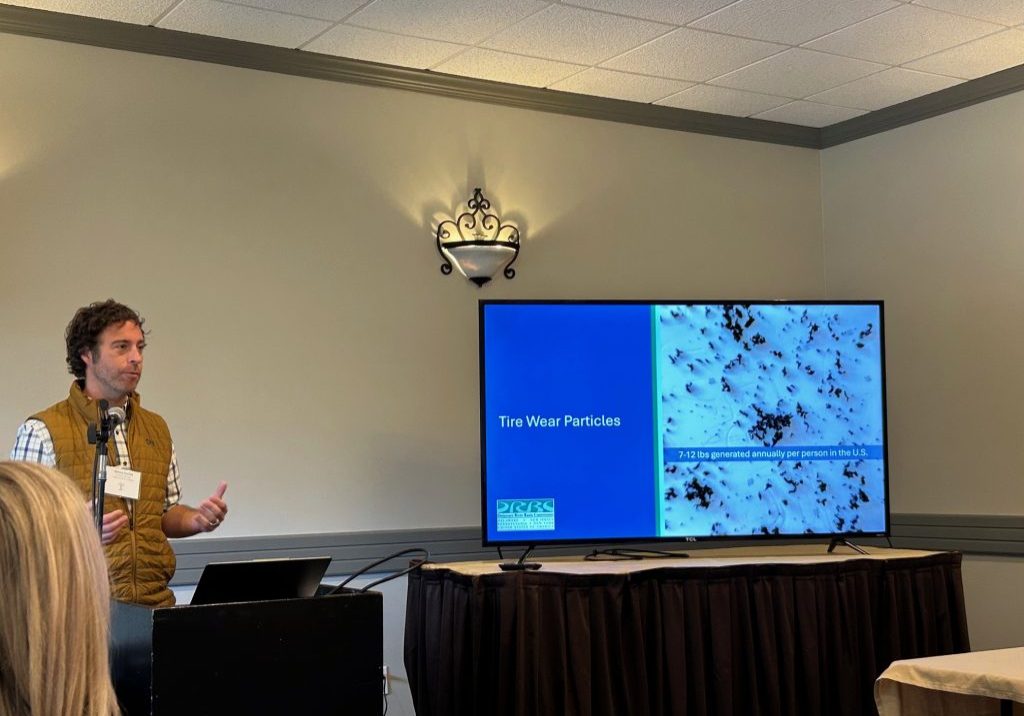
New Tocks Island book chronicles local grassroots opposition
| May 12, 2023
The way David Pierce looks at it, the failed effort to dam a part of the Delaware River more than 60 years ago – in a project commonly referred to by its shorthand, Tocks Island – was a defining moment for the Poconos in Pennsylvania.
Pierce, the author of the recently published book, “Tocks Island: Dammed If You Do: The Homegrown Movement that Defeated the Delaware River Dam,” refers to the project as the region’s “creation story” – a signature event or turning point so monumental that it shapes an area for generations to come.
In this case, it was a project that was as ambitious as it was immensely controversial: A dam 3,200 feet long and 160 feet high that would create a 37-mile-long reservoir to serve as a source of flood protection, recreation, potable water and hydroelectricity.
Fatal back-to-back hurricanes of Connie and Diane in 1955 that swept through the Delaware River Basin gave rise to the project. Had it gone ahead, it would at the time have been the eighth largest dam project ever attempted by the U.S. Army Corps of Engineers, according to a corps history.

The project paved the way for the creation of the Delaware Water Gap National Recreation Area and put the Poconos on the map as a tourist destination known for its outdoor recreation, Pierce said.
That outcome was ultimately a good one but it’s “so sad that people had to pay such a high price,” he said, adding that residents dislocated by the project “suffered enormously.”
Story of loss, opposition and, eventually, triumph
Pierce’s book chronicles the grassroots movement that coalesced in opposition to the project, which was first officially proposed in 1962 and sputtered to defeat years later after repeated studies, prolonged budget and political fights, spiraling costs and the discovery that the project could not be supported geologically.
But before it died, about 8,000 parcels of farms, homes and summer camps were targeted for condemnation, about 5,000 structures were razed and thousands of people were displaced for the Tocks Island project – so named for the small island just north of Delaware Water Gap where the dam was to be built.

Many landowners resisted being ousted. They were joined by hippies (remember, this was the 1960s) and others who squatted on properties in fights against the federal authorities that lasted years.
Pierce’s fascination with Tocks Island dates to his time as a teenager growing up in the Poconos while the project was unfolding against the backdrop of the consciousness-raising of the civil rights, environmentalism, antiwar and women’s rights movements.
Pierce, one of nine children, moved to the Poconos from the Midwest in 1969 when he was 14. He said his impressionable young mind could not understand the concept of squatters trespassing and taking up residence where they did not belong.
“How the hell can people be living illegally on federal land and they can’t get them off?” he recalled. “Aren’t federal marshals trained for this stuff? I was just amazed that squatters could pull that off.”
He went to college in Vermont and, after stints as a journalist at other newspapers, returned to the Poconos in 2000 to work as a reporter for The Pocono Record. (Disclosure: This writer was the executive editor of The Pocono Record from 2009-14 and was Pierce’s supervisor during that time.)
Pierce’s interest in the project was rekindled with a three-day series he wrote about Tocks Island for The Record in 2001 and the book became something of a passion project, which he started in 2010.
He said he was driven by the realization that some of the key players in the grassroots opposition movement weren’t “going to be around forever.”
“They were unique people who fought a wide array of pro-dam forces, under unusual circumstances, and won,” he said. “For most of my life, I believed that their story — our region’s story — needed to be told from a local perspective. It eventually became clear to me that if I didn’t try to write that story while many of those who lived through it still lived, that story probably would never be told.”
His early research led him to the East Stroudsburg University library, which housed archives of The Pocono Record. Tocks Island was so controversial that articles at the time dedicated to the project even crowded out coverage of the Vietnam War, he said.
Pierce’s painstaking research is reflected in citations from some of the 800 court cases challenging the government’s payments for private land, deed transfers recorded in county courthouses, past studies, unpublished manuscripts and records from the National Archives.
People are at the heart of the book
Though the book draws extensively on documents, people – not paperwork – make up the heart of it.
When the Tocks Island project was first getting started, support was very top-down, Pierce said, with politicians and experts leading the charge. But locals like Nancy Shukaitis of Monroe County did their own research and began showing up at hearings to speak out against the dam and helped to galvanize the resistance movement.
Pierce said he was struck by the cast of characters who populated the opposition, such as Joan Matheson, who formed an underground newspaper that waged war against the project. What made her role noteworthy? She was married to an Army Corps engineer who was a career officer.
And then there was Glen Fisher, a former U.S. soil conservation officer who quit his job to campaign against Tocks Island. He became a Republican mayoral candidate in East Stroudsburg and was among the squatters who ended up in standoffs with U.S. marshals.
Pierce’s book is also leavened with real-life stories of how people’s lives were turned upside down and, in some cases, became a state of prolonged misery. One of the stories he relays is that of Sal Pappalardo and his family.
A contractor was hired to bore 700 feet through a ridge but repeated blasting damaged the Pappalardos’ home.
“Soon we began to notice wide cracks in our basement wall through which we could see daylight,” Mary Edna Vecchio Pappalardo wrote in her family memoir, according to Pierce’s book. “Our floors sank away from the baseboard molding, cracks appeared in the plaster walls of each room, and the tile floor in the main bathroom contained many cracks. We were very upset to see our home falling apart in front of our very eyes.”
Thus began a protracted battle by the family to try to get the government and contractor to pay for the damages. The family eventually recouped some of the money, but the outcome was largely unsatisfactory and the process exhausting.
Lessons endure from Tocks Island
One of the major lessons learned from the Tocks Island project, Pierce said, was the importance of NEPA – the National Environmental Policy Act. The legislation “helped prevent construction of what would have been a serious miscalculation to put a dam there,” he said.
NEPA continues to play a vital role in allowing public input and close review of any construction projects getting federal money that can have a significant environmental impact, such as roads, bridges, water and sewer projects and power plants, Pierce noted.
“I would hate to see it go back to the old days when it was good faith and graces of the government without sufficient local input,” he said.
He said resistance to a proposal to turn the recreation area into a full-fledged national park is rooted in the Tocks Island experience. People relate the events of decades ago to what they perceive as another potential intrusion by the federal government.
He described speaking about his book at a local historical society meeting in Pike County attended by about 70 people. One of the speakers was an activist in the anti-park movement and nearly every attendee opposed the idea of a national park, he said, adding, “They remember.”








I’ve been waiting for a book like this forever…we had a nice little summer cottage on the river off of Old Mine Road…just south of Namanock Island. My father built a well and stone steps down to the river. The greatest times of my childhood were spent there. Had this ridiculous project never happened, my kids and grandkids would still be running around that beautiful land.
There was another old book you can find online from the 1800s called The Old Mine Road by C.G. Hine, its really good and it that talks about that area
This is atleast the 4th book on the subject.
David did a fantastic program at our historical society in Montague, NJ on July 2, 2023. He is passionate and extremely knowledgeable about his books’ subject, as well as an articulate speaker.
I camped as a child from the age of 9 until I was 17 or 18 . It would have been in the early 60′ until the early 70’s at a place called Sandy Beach about a mile north of Tocks Island. It was a beautiful place. My favorite time of my childhood. We were right in the middle of it all.
I’ve been fascinated by this topic for years. I’m from New Jersey and have visited the area, renting a house along the Delaware and going rafting on it. It is a beautiful part of our state but a sense of sadness lingers. It can be found in the abandoned and ramshackle homes that still stand and the remnants of once active towns like Walpack. Truly one of the saddest chapters in NJ history.